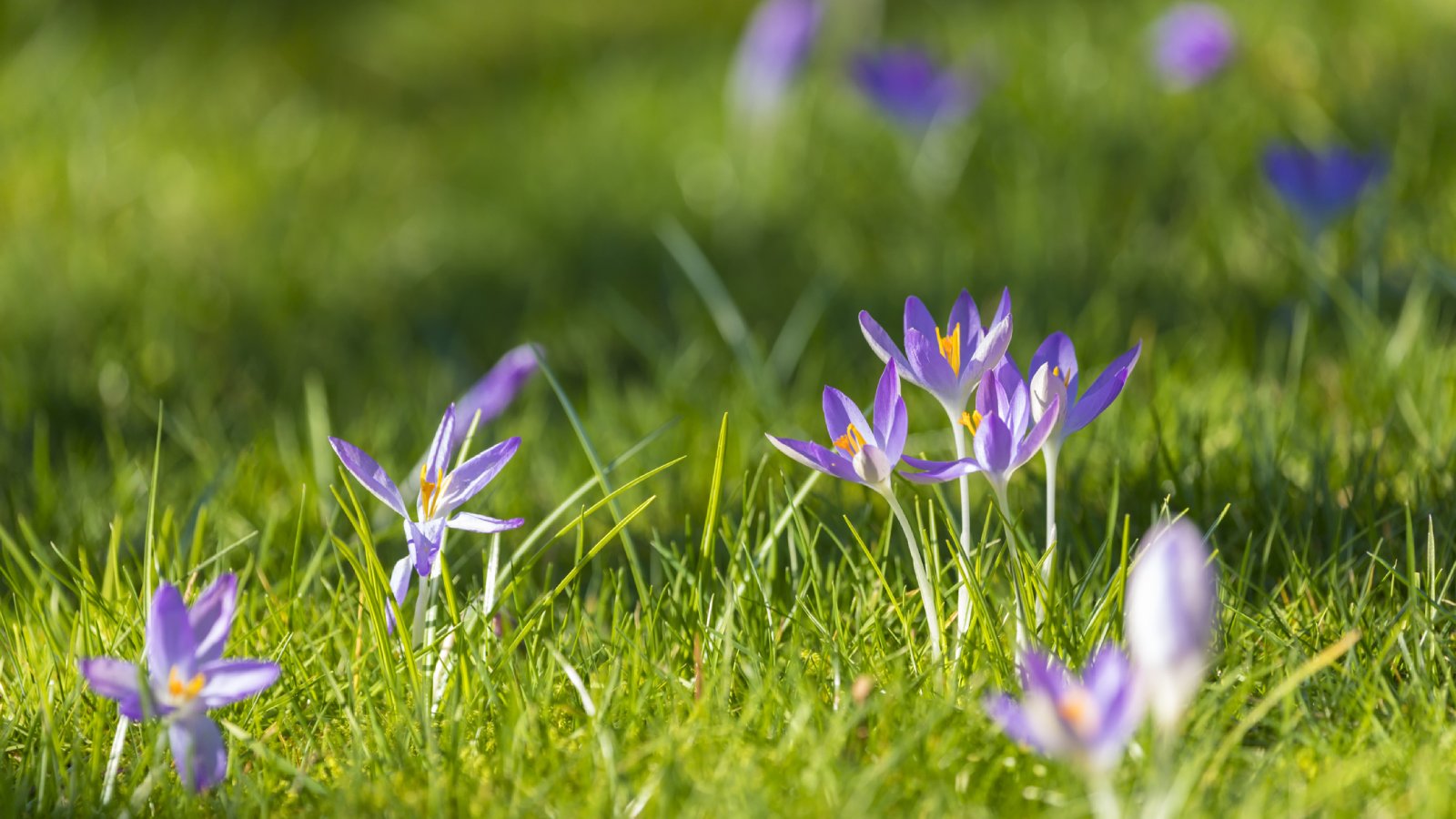Naturalizing vs. Perennializing Bulbs For Spring Gardens
Perennial flower bulbs are wonderful and dependable, and bulbs that naturalize will eventually spread over a large area. Both are worth planting and enjoying.


After a harsh winter, the arrival of spring flowers is often long anticipated. Ranging greatly in color, form, and bloom period, early spring bulbs can add life and vitality to otherwise barren garden spaces. Though equally beautiful, some species stand out above the rest in terms of their longevity and dependability. Below, we will explore these important characteristics of perennial flower bulbs in greater detail.
Are Bulbs Perennial?
Many flower bulbs are considered to be perennial. The term “perennial” refers to plants that return seasonally, rather than needing to be replanted each year. Perennial flowering bulbs are among the most popular kinds for early spring blooms. Once established, these plants require little to no additional care from gardeners before beginning to flower. This makes them a great addition to home landscapes or even decorative containers.
Perennial flower bulbs are also a good choice for established flower beds and mixed borders, as they begin to bloom before many other species have even started to break dormancy.
Though it’s impossible to provide a complete list of perennial bulbs, most gardeners begin by planting native species or those that have been specifically recommended for their region.
Unfortunately, depending on your growing region, some perennial bulbs may be difficult to grow.
Many bulbs referred to as perennials may fail to return after the first growing season. In order for a flower bulb to perennialize and continue to return, the plant’s required conditions for growth must be met. These requirements can include exposure to adequate sunlight, proper moisture levels, and their favorite ranges of temperature.
What Are Naturalizing Bulbs?
Though most naturalizing bulbs are considered to be perennial, not all perennials are able to “naturalize.” Naturalization refers to a specific plant's ability to spread throughout the growing space. In the case of spring flowering bulbs, each season will result in larger numbers of new plants. In addition to the production of new bulbs, some species may also spread through rhizomes or by the production of seeds. Though these plants continue to multiply, their spread is generally considered to be slow and controlled. This makes the naturalization process notably different than the spread of more invasive or noxious species.
Gardening tips, videos, info and more delivered right to your inbox!
Sign up for the Gardening Know How newsletter today and receive a free copy of our e-book "How to Grow Delicious Tomatoes".
Many gardeners choose large green spaces, such as lawns, to plant naturalizing flower bulbs. Large drifts of naturalized flowers lend a relaxed, carefree feel to the landscape and make a pleasant impression on passersby.
Woodland areas are another popular choice for naturalization. As many bulbs begin to bloom while deciduous trees are still bare, early-season flowers are quick to flourish in their new woodland home.
Some of the best types of flowers for naturalizing include crocus, daffodil, muscari and scilla. Regardless of the flower bulb planted, best gardening practices dictate that growers should always allow the plant’s foliage to die back naturally. This allows the plant to continue gathering energy to best prepare for the season ahead. With a little patience, growers can enjoy lasting seasonal beauty for many years to come.

Tonya Barnett has been gardening for 13 years. Flowers are her passion. She has transformed her backyard into a cut flower garden, which she regularly chronicles on her YouTube channel http://www.youtube.com/@tonyawiththeflowers.
-
 How To Make A Bouquet Garni Or Herb Bundle For Cooking
How To Make A Bouquet Garni Or Herb Bundle For CookingIf you’re a great cook, you may have made an herb bundle before. If this is a new idea, learn how to add sparkle and interest to your dish with a bouquet garni.
By Amy Grant
-
 ‘Coral Charm’ Peony Care For Sublime Semi-Double Peonies With Lush Salmon Pink Flowers
‘Coral Charm’ Peony Care For Sublime Semi-Double Peonies With Lush Salmon Pink FlowersPeonies are known for their soft baby pink or magenta tones, but if plushy coral blooms are your thing, here’s our guide to the ultimate ‘Coral Charm’ peony care
By Tonya Barnett